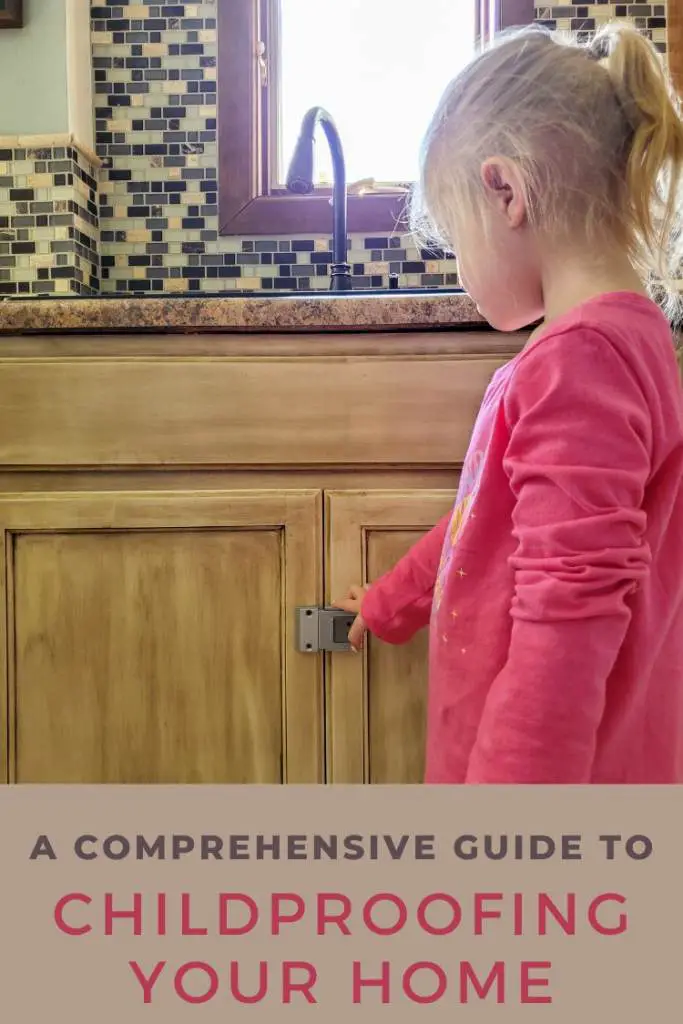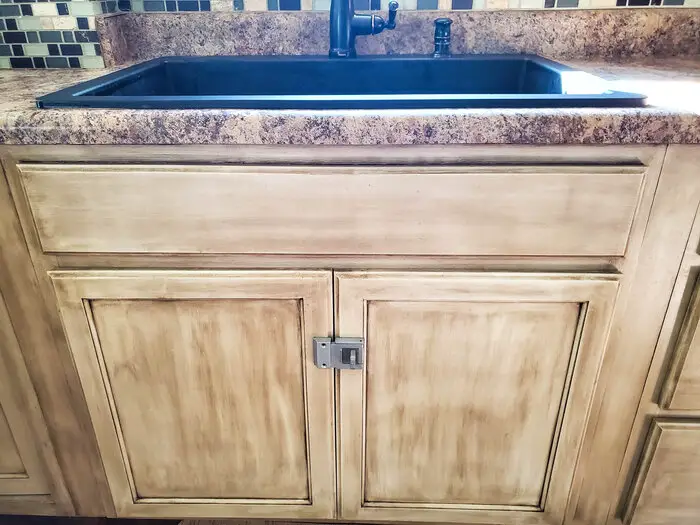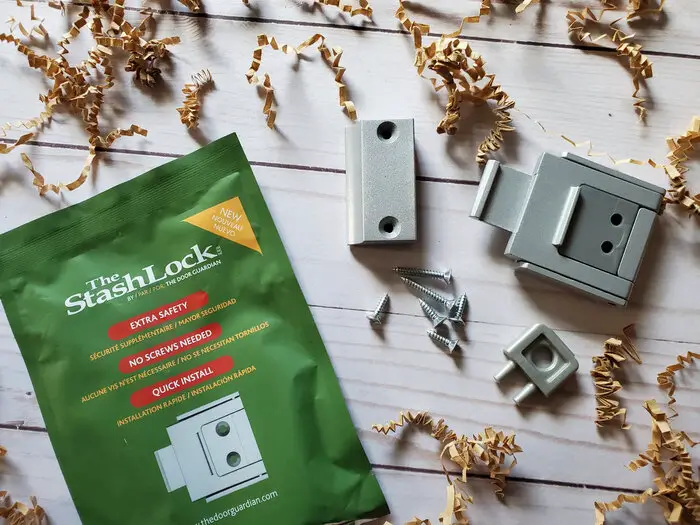The pitter-patter of little feet can bring joy to any household. Yet, with the boundless curiosity and energy that children possess, it’s crucial to transform our homes into safe havens that nurture their growth without compromising their well-being. Childproofing, a term that often conjures images of plastic outlet covers and safety gates, goes far beyond the surface. It’s about anticipating potential hazards and creating an environment where exploration is encouraged, free from unnecessary risks.
In this comprehensive guide, we will delve into the intricacies of childproofing, providing insights and practical tips to safeguard every nook and cranny of your home. From the living room where giggles and playdates take center stage, to the kitchen, where budding chefs may be eager to assist, we’ll navigate through each space, identifying potential dangers and offering solutions to fortify against them.

Guide to Childproofing Your Home
Join us on this journey to empower parents, caregivers, and guardians with the knowledge and tools needed to create a nurturing, secure space where children can thrive. Together, we’ll lay the foundation for a childhood filled with exploration, growth, and above all, safety. Let’s embark on this vital endeavor to childproofing, ensuring that every corner of your home is a sanctuary for your little ones.

Kitchen:
- Install safety latches on cabinets and drawers containing sharp objects, cleaning supplies, and small appliances.
- Use stove knob covers to prevent children from turning on burners.
- Keep small objects like magnets, coins, and batteries out of reach.
To keep cleaning cabinets extra secure, use the Door Guardian Stash Lock. This easy to install locking device provides the next level of security, and helps to reinforce any in-swinging door against high-force impact. You can only unlock this device with the key, so one the key is out and in your possession, there is no way for small children to open the cabinet doors. This greatly reduces their access to harmful and poisonous chemicals that are commonly stored underneath the kitchen sink.

Living Room:
- Secure heavy furniture like bookshelves and TVs to the wall to prevent tipping.
- Cover electrical outlets with safety plugs or outlet covers.
- Use cord shorteners or winders to manage blinds and curtain cords.
Bathroom:
- Lock medicine cabinets and keep all medications out of reach.
- Set the water heater temperature to 120°F (49°C) or lower to prevent scalding.
- Use non-slip mats in the bathtub and on the bathroom floor.
Bedroom:
- Mount window guards to prevent falls.
- Keep blinds and curtain cords out of reach.
- Ensure that heavy items, like TVs, are securely anchored.
Nursery:
- Use a crib with slats that are no more than 2-3/8 inches apart to prevent entrapment.
- Avoid placing soft bedding, pillows, and stuffed animals in the crib.
- Install window guards or stops to prevent falls.
Hallways and Stairs:
- Install safety gates at the top and bottom of stairs.
- Use edge guards on furniture with sharp corners.
- Keep hallways clear of clutter to prevent tripping hazards.
General Safety:
- Install outlet covers or plug protectors on all unused electrical outlets.
- Use door knob covers to prevent children from opening doors to potentially hazardous areas.
- Keep small objects, balloons, and toys with small parts out of reach to prevent choking hazards.
Emergency Preparedness:
- Keep a first-aid kit readily accessible.
- Familiarize yourself with basic first-aid procedures.
- Post emergency numbers, including poison control, in a visible location.
Supervision:
- Never leave young children unattended, especially in high-risk areas like kitchens and bathrooms.
- Keep an eye on children during playtime to ensure they’re not engaging in risky behavior.
Regular Checks:
- Regularly inspect childproofing measures to ensure they’re still effective and in good condition.
- Update childproofing strategies as your child grows and gains new abilities.
Remember, childproofing is an ongoing process that evolves as your child develops and explores new areas of your home. Regularly assessing potential hazards and making adjustments will help maintain a safe environment for your little one to grow and explore.